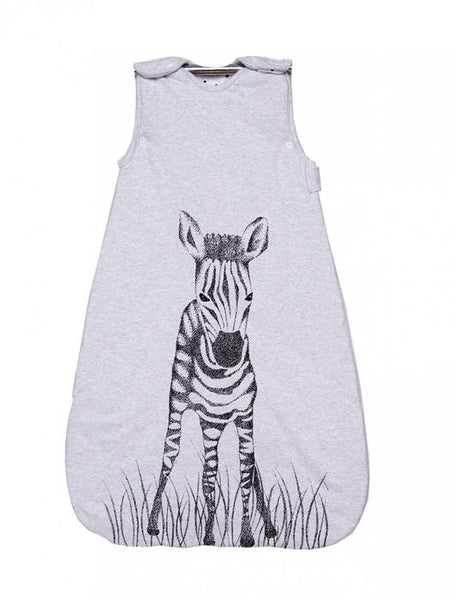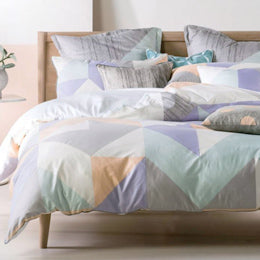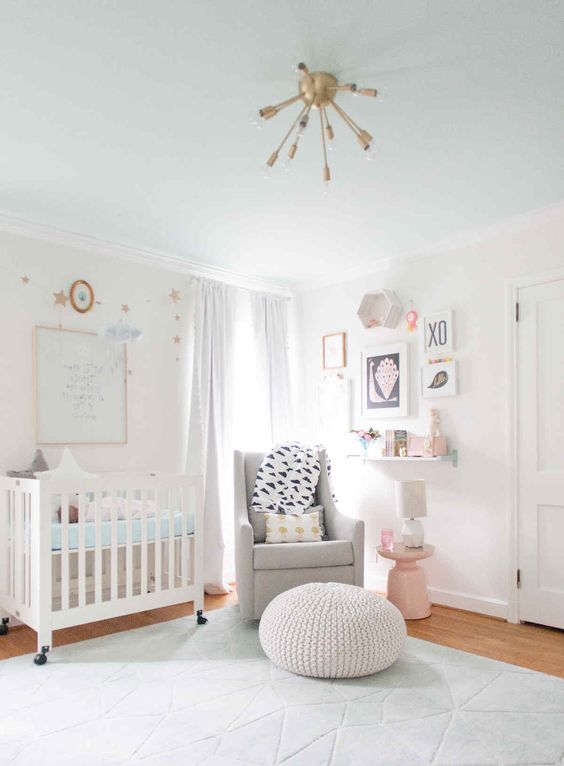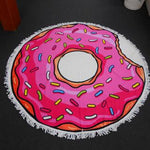A Guide To Bedding for Babies
Buying bedding for babies can be a daunting first step. You want to make sure your little one is completely safe in his or her cot without risk of overheating or tangled sheets.
To make the buying process a little easier (and less scary!) the Manchester Madnesses team has put together an expert guide to bedding and linens for babies. Follow these steps to see your bub safe and secure at night.
Choose a Crib + Mattress Combination

Everyone knows, even the best babies are fussy sleepers at first. So we recommend choosing a lightweight, portable crib, Moses basket, or bassinet to have set up in your room for the first couple of months.
A simple mattress should be used for the cot's base (newborn babies should not be placed in a crib surrounded by lots of pillows). Additionally, a good mattress protector is a must (leaky nappies, anyone?).
We love this naturally waterproof Bamboo Mattress Protector from Bubba Blue.

Linen and Bedding for Baby
On a similar note, it's important to stock up on sheet sets for your baby, as they'll go through these quite regularly.
We recommend stocking up on at least four fitted and flat sheets to begin with. Natural fibres are best for thermoregulation, however, some poly-blends can also be just as good - if unsure read the product's packaging or ask staff to understand the temperature-regulating nature of the bedding.
We love Bubba Blue's 100% cotton Wish Upon A Star Sheet Set for simple, gender-neutral bedding that's tried and tested.

Blankets + Sleepwear for Babies
Newborns
In the early months, we recommend swaddling babies, again in natural fabrics, as swaddling helps babies feel calm and secure.
Swaddling has the added benefit of encouraging babies to sleep on their back, which is a protective measure against Sudden Infant Death Syndrome (SIDS).
A customer favourite for swaddling is Plum's Cotton Muslin Wraps in cute patterns and colours. The cotton/muslin fabric combination creates a lightweight, breathable material that's perfect for newborns and easily washable.

8 months +
Once your baby gets a little older and has learnt to roll over from back to front, it's okay to be a little less constraining with the baby's sleeping arrangements.
If your baby loves to have her arms free, consider a sleeping bag option. There are padded or lightweight sleeping bags available for different seasons. Just make sure the neck and armholes closely fit your baby's size so there's no risk of the fabric going overhead.

Plum 2.5 TOG Sketched Zebra Sleep Bag
That's the basic 101 on how to arrange sleep for your baby! Everything else is down to your (and your baby's) personal preference and style.
Safe Sleeping Tips From the Red Nose Foundation
Before you leave, consider these safe sleeping tips from the Red Nose Foundation as a last note:
"Dress baby for sleep using layers as you would dress or use layers yourself: to be comfortable, neither too hot nor too cold
- add/remove lightweight blankets to ensure baby’s chest feels comfortably warm to the touch
A good way to check baby’s temperature is to feel baby’s chest or back of neck, which should feel warm (don’t worry if baby’s hands and feet feel cool, this is normal).
Ensure baby’s head is uncovered - no hats, bonnets, beanies or hooded clothing.
Never use electric blankets, wheat bags or hot water bottles for babies."






































